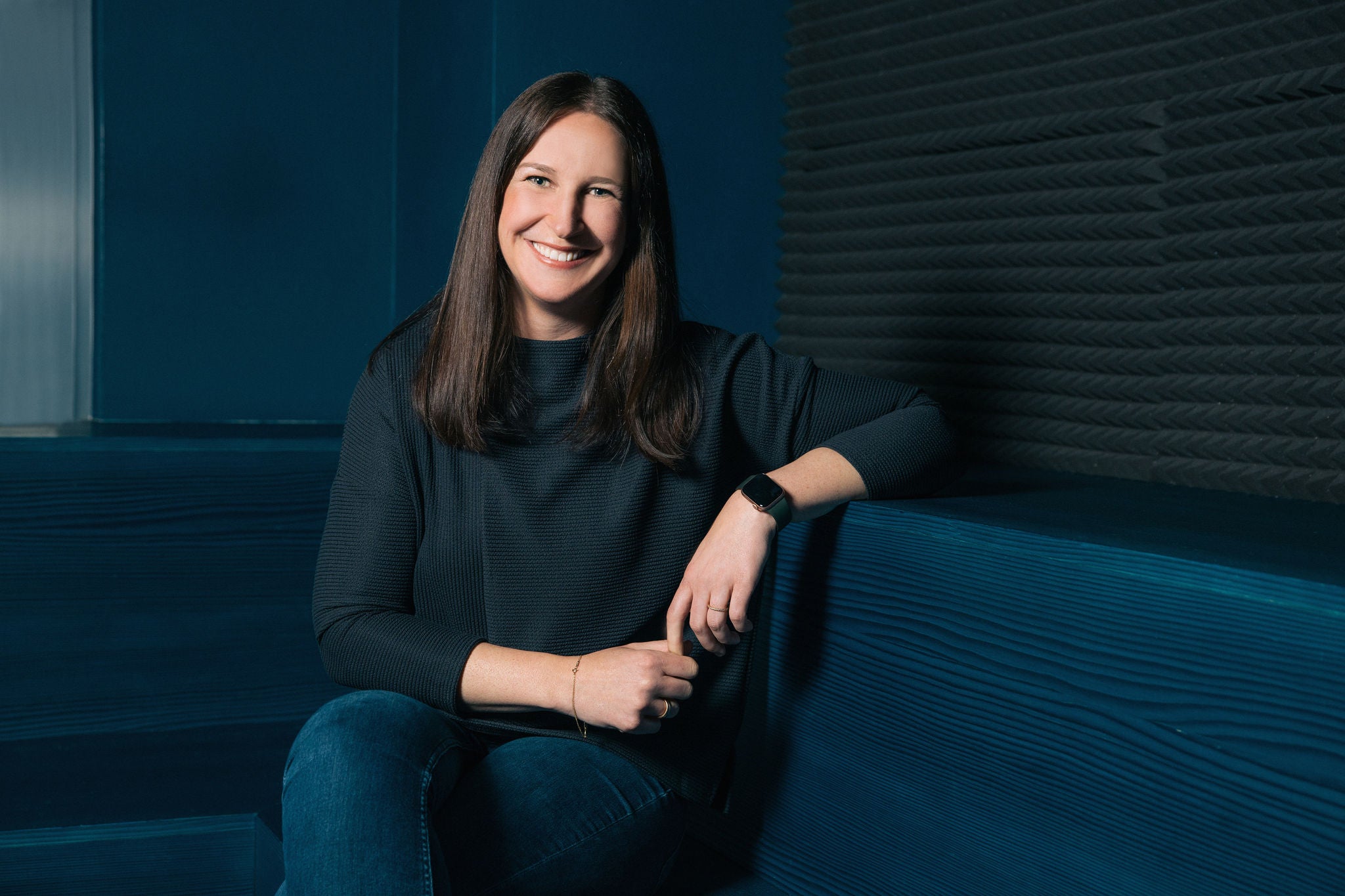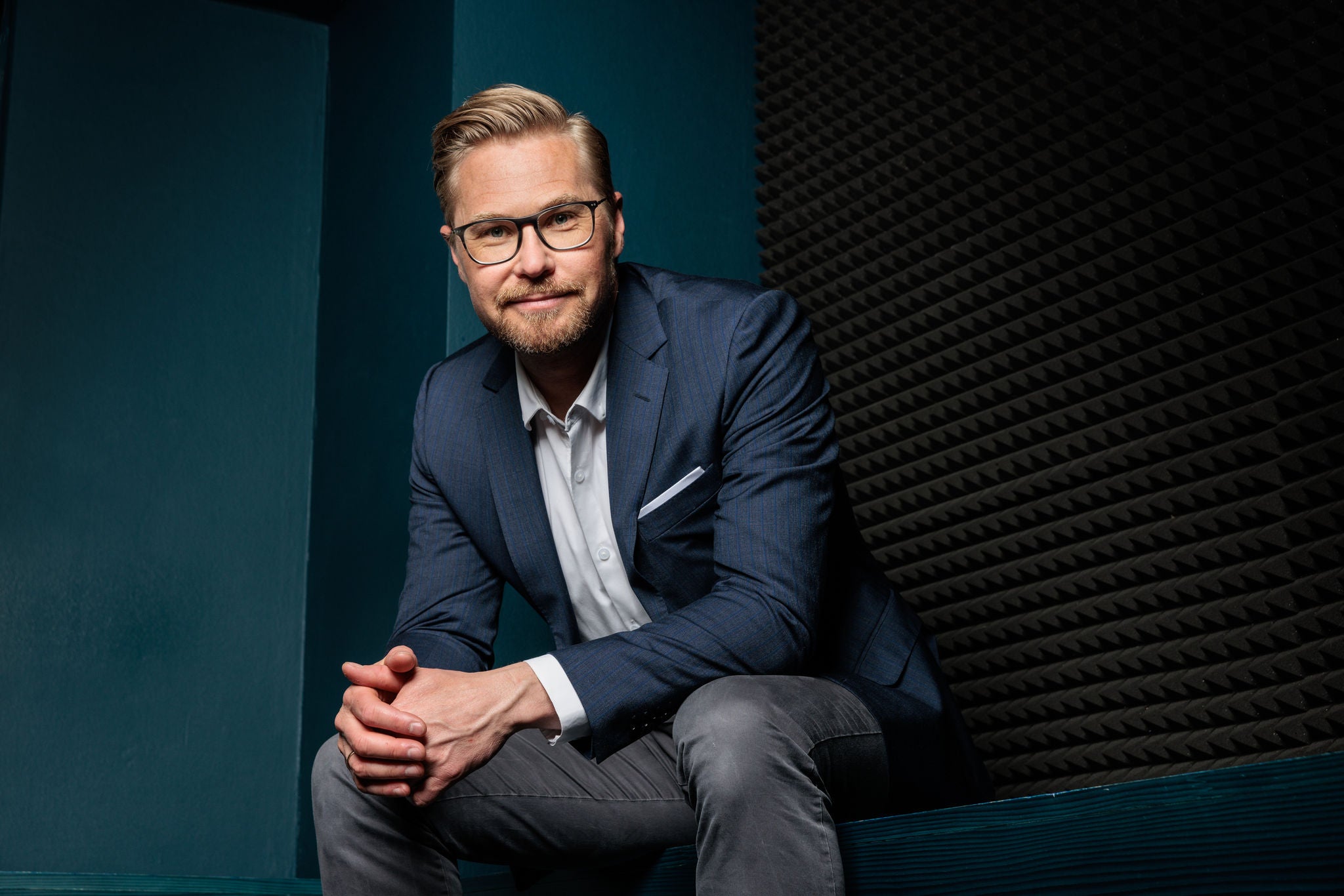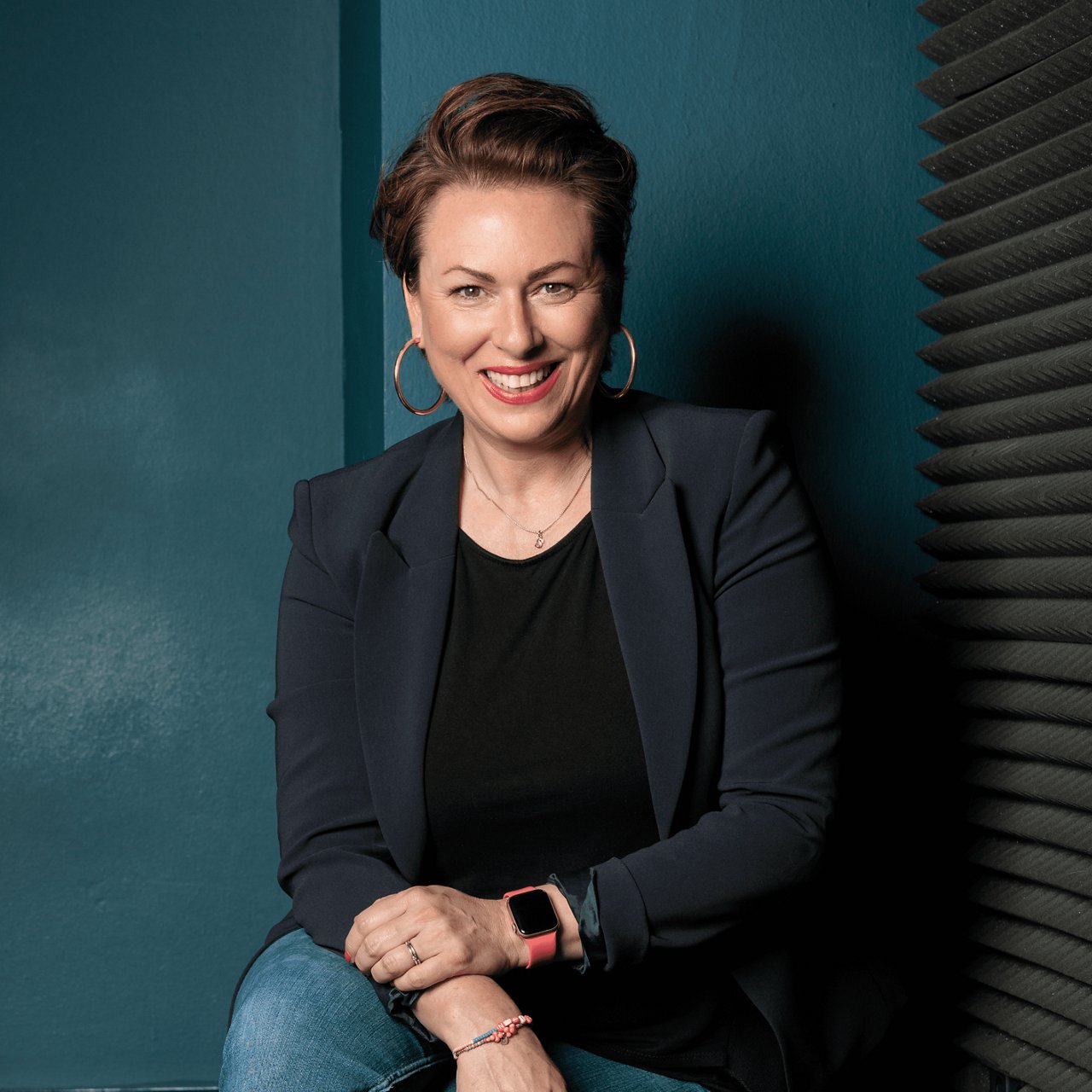Awareness about gaming & Esports has never been higher. Advertisers now understand more than ever the power of these touchpoints across various platforms. The audience has evolved from the long-stereotyped basement gamer to a diverse range of personas, ranging from influential pop culture geeks to hyper-extraverted fashionable gamers. Brands across industries have communicated with these archetypes for years. Recently, as talent acquisition becomes more competitive than ever, the objectives of gaming marketing have changed.
Employer branding is no new trick. B2B companies have had partnership departments for decades. DP World, a purely B2B corporation with tens of thousands of employees all around the world, sponsor and partner with Formula 1 team McLaren, the Indian Premier League, different Golf tours and more. One reason is that decision-makers at DP World’s target companies are consumers of these events. Another reason is to attract top talent through a shared interest in sports or pop culture. It’s an effective method of connecting an otherwise typically dull brand to a range of events and organizations that customers and talent admire.
Gaming as an ideal platform to find future employers.
Using the Middle East as a case study, we see regions with a burgeoning talent pool as the general population and its surrounding industries grow. As companies aim to advance and take advantage of the massive opportunity, they are in dire need of the most important key in unlocking the next level of their growth: skilled and hungry talent.
Diving even deeper into the region’s market, most of the population - in KSA especially - are gamers, and the government has made it one of the key pillars of its “Vision 2030” - an economic diversification plan through modernization. Top corporations have jumped at the opportunity to reach talent through the now legitimized industry. Aramco - the biggest and maybe most historically traditional Saudi corporation - is no different.
Aramco and DHL: Global examples of employer brand strategies through gaming
Aramco: Tradition Meets Innovation
If you are not familiar with Aramco as being the all-consuming energy and chemicals giant, then you might be from their partnerships – especially Formula 1. Not only are they one of the top sponsors of the global motorsport, but also the naming and presenting partner of team Aston Martin. To put it short, Aramco’s brand is plastered everywhere Formula 1 is. Their partnerships and employer branding do not stop there.
The energy leviathan has been communicating with gamers over the last few years. During what now seems as the long lost covid era, Aramco begun sponsoring – and still does – the F1 Esports Series Pro Championship. In 2022, they leveled up by partnering with the inaugural iteration of the largest gaming event in the world: Esports World Cup, formerly known as Gamers8. Spoiler alert: the PR revolving around the partnership has always been about “innovation and experience”. Aramco invests millions annually into connecting its brand to innovation, engagement and fun experiences to gamers. It’s easy to see why: it’s simply an important pastime and interest of top talent emerging not only in the Middle East, but globally.
DHL: A Pioneer in Gaming Partnerships
DHL Group massively believes in employer branding and partnerships. They work with Formula 1 (shocker!), rugby leagues, Universal Music Group, Coldplay, fashion events and even Manchester United! These are huge names, but when you visit their partnerships page, the very first part of it is dedicated to Esports.
“In addition to emotionalizing our brand and promoting digital transformation at DHL, we have also placed an employer branding focus on this topic to reach new potential DHL employees.” The page makes the objective of its partnership with ESL Faceit Group – the largest Esports event organizer in the world – very clear. The partnership has been running since 2018 and allows DHL to expand its reach to the newly influential forms of entertainment, while appealing to massive amounts of emerging global talent force, over 75% of whom are in the 16-29 age bracket.
Arjan Sissing, head of group brand marketing at DHL expressed that “the positive resonance received so far underscores the establishment of a strong connection with this vibrant audience.” DHL boasts on its website about the success this had, as their Esports call to action employment page has received over 200,000 visits in the past two years, leading to 80,000+ job views and over 10,000 submitted applications – all from tech-savvy global talent. Not a bad turnover.
Some challenges in gaming marketing remain regardless of the objective. An understanding of the many niche gaming communities is extremely important in getting gamers and Esports enthusiasts to simply care about any brand. This stays true – and is perhaps even amplified - if your KPI from gaming channels is job applications.
To me, DHL outranks Aramco in this regard. Not only have they been doing it for longer, but they’ve made their red and yellow a staple in big Esports events through genuine integrations. They host competitions that are themes around their services such as “DHL Drop”, have worked with large gaming influencers to amplify, and even worked with huge gaming title Dota 2 on including their cute box-moving robot in a cinematic.
Now, what can companies of any industry learn from DHL and Armaco?
While gaming offers vast potential for employer branding, authenticity is crucial. Gamers and esports enthusiasts are highly discerning and value genuine engagement. Companies must understand and respect these niche communities to effectively capture their interest. DHL’s success is partly due to its authentic integrations and deep understanding of the gaming culture, a lesson that other companies should heed.
Harnessing the power of gaming for employer branding is not just about following trends; it’s about meeting prospective employees where they are, aligning with their passions, and creating a compelling narrative that resonates with the next generation of talent.
Interested in more content?
Back to Issue #18


